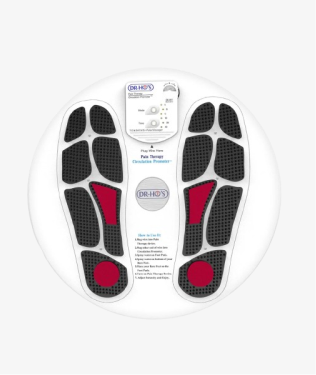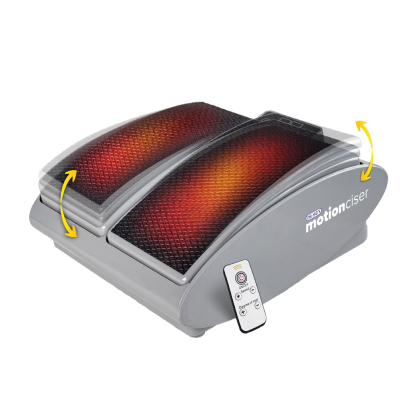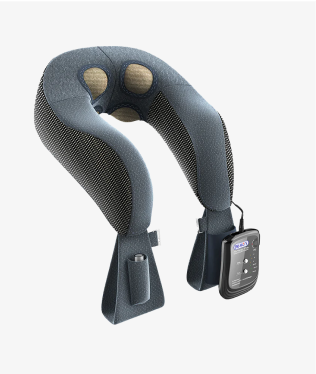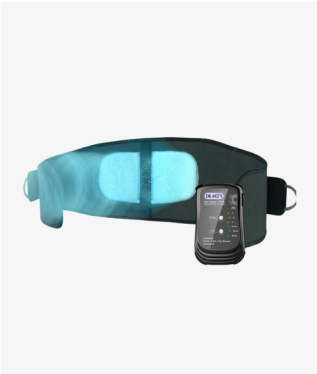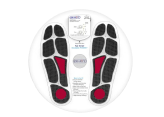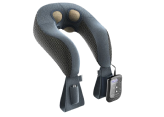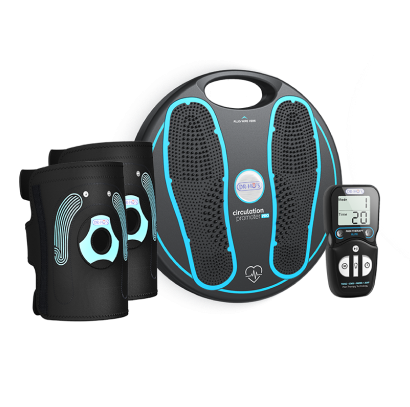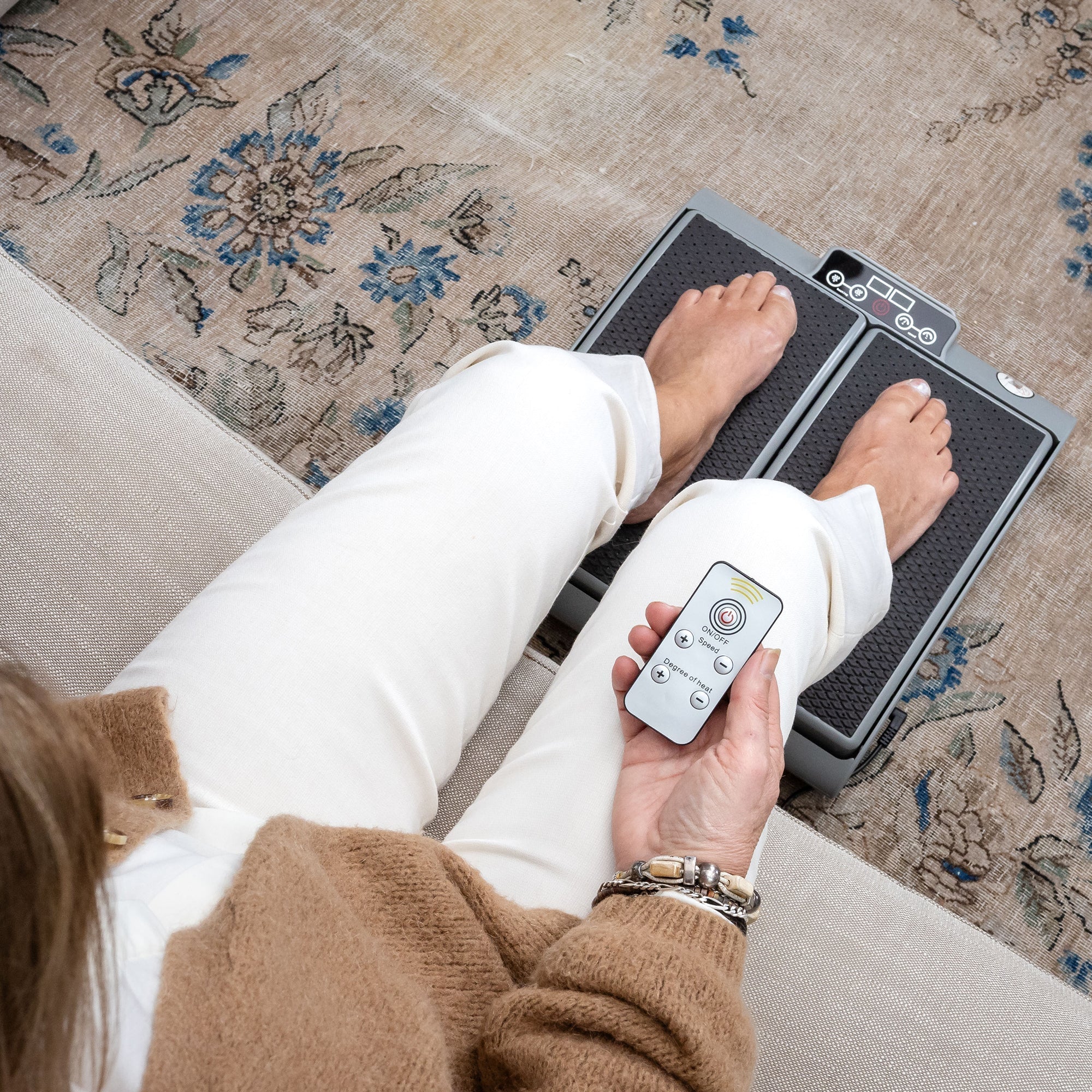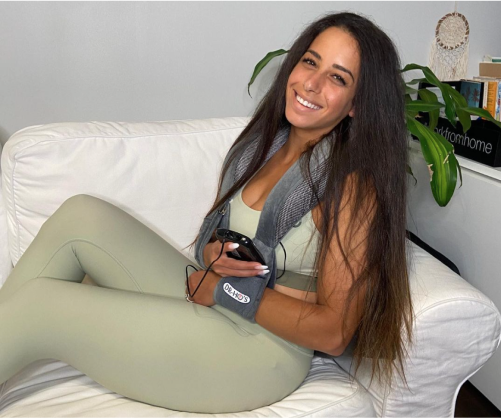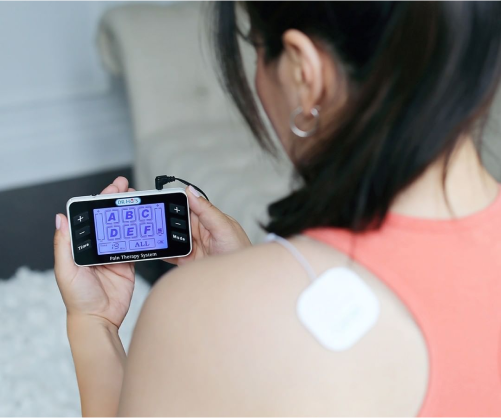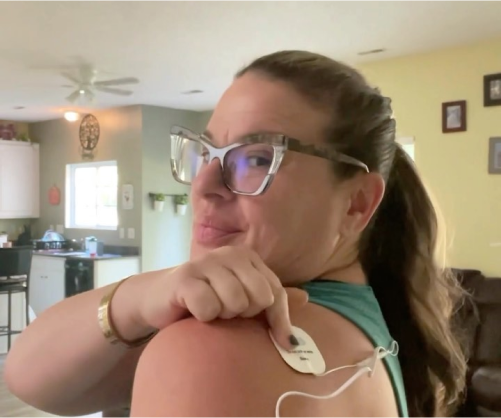Understanding Chronic Pain: What You Need to Know
Chronic pain is more than just a lingering ache—it’s a complex condition that can affect every aspect of your life. Defined as pain that lasts longer than three to six months, chronic pain can result from injuries, illnesses, or ongoing chronic conditions like arthritis or fibromyalgia. Unlike acute pain, which serves as a warning signal for injury, chronic pain often persists long after the original cause has healed, making it a challenge to manage day to day.
The central nervous system plays a crucial role in how we experience pain. Pain signals travel from the affected area through the nervous system to the brain, where they are processed and interpreted. In some cases, the nervous system can become overly sensitive, amplifying pain signals and making even mild discomfort feel intense—a phenomenon known as central sensitization. This can make managing chronic pain especially difficult, as the body’s response to pain becomes heightened over time.
Understanding how chronic pain works is the first step toward effective pain management. By learning about the ways pain affects both the body and mind, you can better navigate the challenges of living with chronic pain and take proactive steps to improve your well-being and quality of life.
Managing chronic pain at home starts with a healthy diet
There is no magic diet that will cure chronic pain; our bodies are too varied and pain means different things to different people. That said, there are anti-inflammatory foods that are rich in antioxidants, high in protein and dense in vitamins and minerals that can be very beneficial to those suffering from chronic pain.
These nutrient-rich foods can positively influence painful symptoms and spike energy resources in long-time pain sufferers. Focusing on these healthy options will help keep weight off, which is especially important for those with pain in the lower back, hips, knees and feet. Excess body weight will only serve to further aggravate pain in these areas.
In addition to maintaining a healthy diet, avoiding smoking can further support overall health and help manage chronic pain.
What foods should I focus on?
Focus on eating fruits, vegetables and healthy fats (such as avocado and extra virgin olive oil) multiple times a day. Legumes and whole grains should be a priority at least once a day. Additionally, fish, nuts and seeds should be a staple multiple times per week. Unhealthy fats, simple carbs and refined sugars should be significantly limited and if possible, eliminated completely.

Finds ways to reduce your stress and to stay positive
It's crucial for those with chronic pain to find ways to reduce stress and stay positive at home. Here are some ways you can help deal with any stressful, negative thoughts you may have:
Avoid prolonged periods on social media and the news
Stay informed and cautious, but find time to unplug, unwind and reduce tension.
Stay in contact with friends and family
Meet family and friends when you can. If you can't leave home, pick up the phone or video call those closest to you. This is a great way to talk through any issues you may be having with your pain or to just simply stay connected.
Do what makes you feel happy
Take the time to do things that make you feel good, reduce stress and take your mind off your pain: take a hot bath, light some candles and read a book, write about your thoughts, listen to music, watch your favourite movie, or again, talk to your loved ones whenever possible.
Think positive thoughts!
It's no secret that pain can be mentally and physically uncomfortable and that it can lead to self-defeating thoughts. It may seem difficult to challenge or drop these beliefs but the truth is, they're making your pain more unbearable. A good place to start is by reinforcing positive thoughts. Try repeating the following:
-
Pain is normal and okay to experience.
-
Activity helps me feel more energized.
-
I can continue doing the things I love.
-
I can manage the pain.
-
Pain is not a permanent condition.

Invest in an at-home Pain Therapy Device
If you’re looking for drug-free, non-invasive relief, TENS therapy is a powerful alternative to harsh drugs or invasive treatments.
TENS machines work by sending electrical impulses to the sensory nerves that flood the nervous system, essentially working to “block” pain signals from reaching the brain. This provides effective pain relief in the body without the need to ingest medication or undergo manual manipulation or surgery. The benefit of this pain management method is that it is completely absent of harmful side effects or dependency issues. TENS therapy is a treatment option that minimizes harm compared to invasive procedures.
Click here to explore our TENS devices.
Find ways to stay active, no matter what
Engaging in any type of physical activity can often seem like an unbearable part of managing chronic pain at home. But in reality, practising even the most gentle, moderate exercises can be incredibly beneficial. Exercise can result in:
1. Less pain
2. Fewer tender points
3. Higher levels of fitness
4. Greater ability to complete tasks
5. Reduced stress
6. Reduced depression and anxiety
Yoga can help with managing chronic pain at home
If done properly, yoga is an easy and effective way to stretch out and activate your muscles, increase strength and boost circulation from your living room, bedroom, kitchen, balcony, patio or wherever else you feel most comfortable.
Aerobic exercise
Aerobics pumps blood to the heart and delivers oxygen to the muscles. It can also help guard against diabetes, depression, cardiovascular disease and osteoporosis. A few simple aerobic activities include: performing household chores (sweeping, dusting, washing the floor), walking, gentle yoga, dancing and pilates.
If you aren't feeling well, it's highly recommended that you don't go walking outside in crowded areas during this time. However, if you are feeling well and if you can avoid close contact with others, walking and/or a light jog is an excellent way to engage in aerobic activity. Just make sure you're taking every precaution to ensure the health and safety of yourself and others.

Remember: Always consult your doctor before engaging in a new exercise program.
A good night's sleep helps when it comes to managing chronic pain at home
Sleep is an absolute necessity for reducing pain and enhancing well-being. Getting sleep is one thing, getting quality sleep is another. On average, adults need 7-9 hours of sleep per night to function properly the next day. And while many chronic pain sufferers know this, actually achieving this number can be very difficult.
The DR-HO’S Just Right Pillow may just be what you need to help with this.

Try sticking to these do's and don'ts to sleep better, longer and more consistently:
DO: Keep a Regular Schedule
Our bodies react well to a rhythm. If you make a concerted effort to go to bed and wake up at the same time every day, weekends included, it will help your body develop a rhythm and a better internal sleep clock.
DON'T: Drink Alcohol Before Bed
Alcohol makes falling asleep easier and then haunts you later. Alcohol is also high in sugar which can interfere with your body's ability to fall asleep. If you're going to drink anything, focus on water or herbal tea.
DO: Stick to Your Exercising
Exercise reduces fatigue over time. It also makes it easier to fall asleep when you want to. That said, be mindful of when you exercise; too much activity right before bed can boost adrenaline and make it harder to fall asleep.
DON'T: Use Phones or Electronics in Bed
Our body recognizes that when the sun goes down, it's time to rest. This means that the bright lights on our phones, laptops and tablets send conflicting signals to our brains. These lights also affect melatonin production. Melatonin is a hormone produced in our brains that regulates our sleep patterns. Essentially, it tells our bodies when it's time to sleep. For better sleep results, unplug at least a few hours before you go to bed and keep your room as dark as possible.
DO: Have a Warm Bath or Shower
Our bodies have a way of naturally cooling down roughly two hours before we fall asleep. This gradual cooling has a relaxing effect and helps our bodies transition into sleep mode. Having a warm to hot bath a few hours before you sleep can help to induce this cooling sensation. As you bathe, your body temperature will rise on account of the water. The rapid cool-down afterwards can produce a relaxing effect.
DON'T: Have a Big Meal Before You Sleep
Having a large meal right before you go to bed can lead to your digestive system working furiously as your body is simultaneously trying to rest. Sticking to your diet should help you avoid the need to eat right before bed.
Exploring Alternative Therapies for Pain Relief
When it comes to managing chronic pain, there’s no one-size-fits-all solution. In addition to traditional medical treatments, many people find relief through alternative therapies that focus on the mind-body connection. Physical activity, such as walking, gentle yoga, and tai chi, can help reduce pain, improve mobility, and boost your overall sense of well-being. These activities encourage movement without putting undue stress on your joints and muscles, making them ideal for people living with chronic pain.
Breathing exercises, meditation, and other relaxation techniques can also play a powerful role in pain management. By calming the mind and reducing stress, these practices help to quiet the body’s pain response and ease anxiety. Psychological therapies, like cognitive-behavioral therapy, offer valuable tools for managing the emotional and mental challenges that often accompany chronic pain, helping you develop strategies to cope with persistent symptoms.
Other alternative treatments, such as acupuncture and massage, may also provide relief by promoting relaxation and reducing muscle tension. Exploring these therapies can help you discover new ways to manage your pain and create a comprehensive pain management plan tailored to your unique needs.
Coping Strategies and Building Your Support System
Living with chronic pain can feel isolating, but you don’t have to face it alone. Building a strong support system is essential for managing both the physical and emotional aspects of chronic pain. Reach out to family and friends who can offer encouragement, understanding, and practical help when you need it most. Connecting with healthcare professionals and support groups can also provide valuable resources and a sense of community.
Developing coping strategies is another key part of managing chronic pain. Stress management and relaxation techniques, such as deep breathing, progressive muscle relaxation, or guided imagery, can help you find moments of calm and reduce the impact of pain on your daily life. Prioritizing self-care and making time for activities that bring you joy can also improve your overall well-being.
Remember, you are not alone in your journey. By surrounding yourself with supportive people and practicing effective coping strategies, you can build resilience and find new ways to thrive while living with chronic pain.
Overcoming Challenges on Your Pain Management Journey
Managing chronic pain is an ongoing journey, and it’s normal to encounter setbacks along the way. The key is to remain patient and persistent as you work toward finding the right pain management strategies for your body and lifestyle. Prioritizing healthy habits—like regular exercise, quality sleep, and a balanced diet—can make a significant difference in your pain levels and overall well-being.
It’s important to approach chronic pain management holistically, addressing not just the physical symptoms but also the mental and emotional challenges that come with persistent pain. Developing a toolkit of strategies, seeking support when needed, and staying committed to your goals can help you regain a sense of control over your life.
With the right mindset, resources, and support, you can overcome obstacles and continue moving forward on your pain management journey. Remember, every step you take brings you closer to a fuller, more active life—one where you are in control of your chronic pain, not the other way around.
Managing chronic pain at home is possible!
At DR-HO’S, we are acutely aware that managing and overcoming chronic pain is about more than just taking pain relief medications. Effective pain management is about committing to a healthy diet, staying as active as possible, looking after our bodies, building a support network and finding relief without relying too heavily on drugs and chemicals. A comprehensive treatment plan for chronic pain may include both medical interventions and self-management strategies, tailored to individual needs for optimal results.
The steps above are intended to help pain sufferers stay committed to managing their pain even as their routines have involuntarily changed. More than that, though, they are steps you can take at any time to change your story, manage your chronic pain at home and make a positive change in your life regardless of the type of pain you’re experiencing.
Disclaimer: DR-HO'S content is intended for informational purposes only and should not be taken as medical advice. Please consult a certified medical professional for diagnosis and treatment recommendations.
Learn more about Diet, Exercise & Sleep on the DR-HO'S Blog!
Eating for Energy: How a Balanced Diet Helps Keep You Moving
6 Foods That Target Inflammation
Can Yoga Help With Lower Back Pain?
The Healing Benefits of Tai Chi
Can Chronic Pain Lead to Depression and Anxiety?
7 Ways to Stay Active and Healthy in Cold Weather
How to Work Out With Chronic Pain and Prevent Injury


